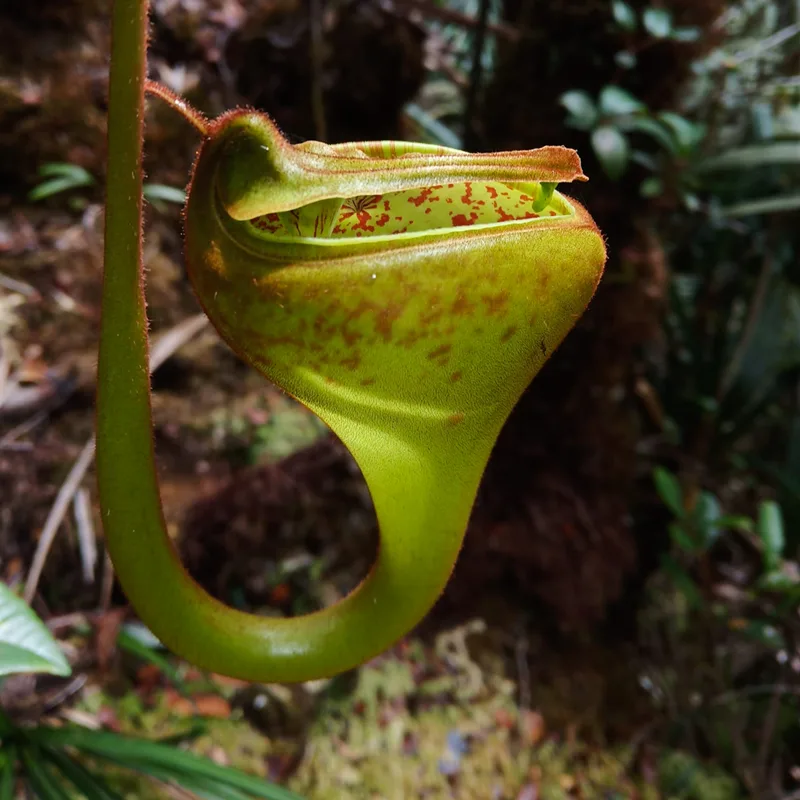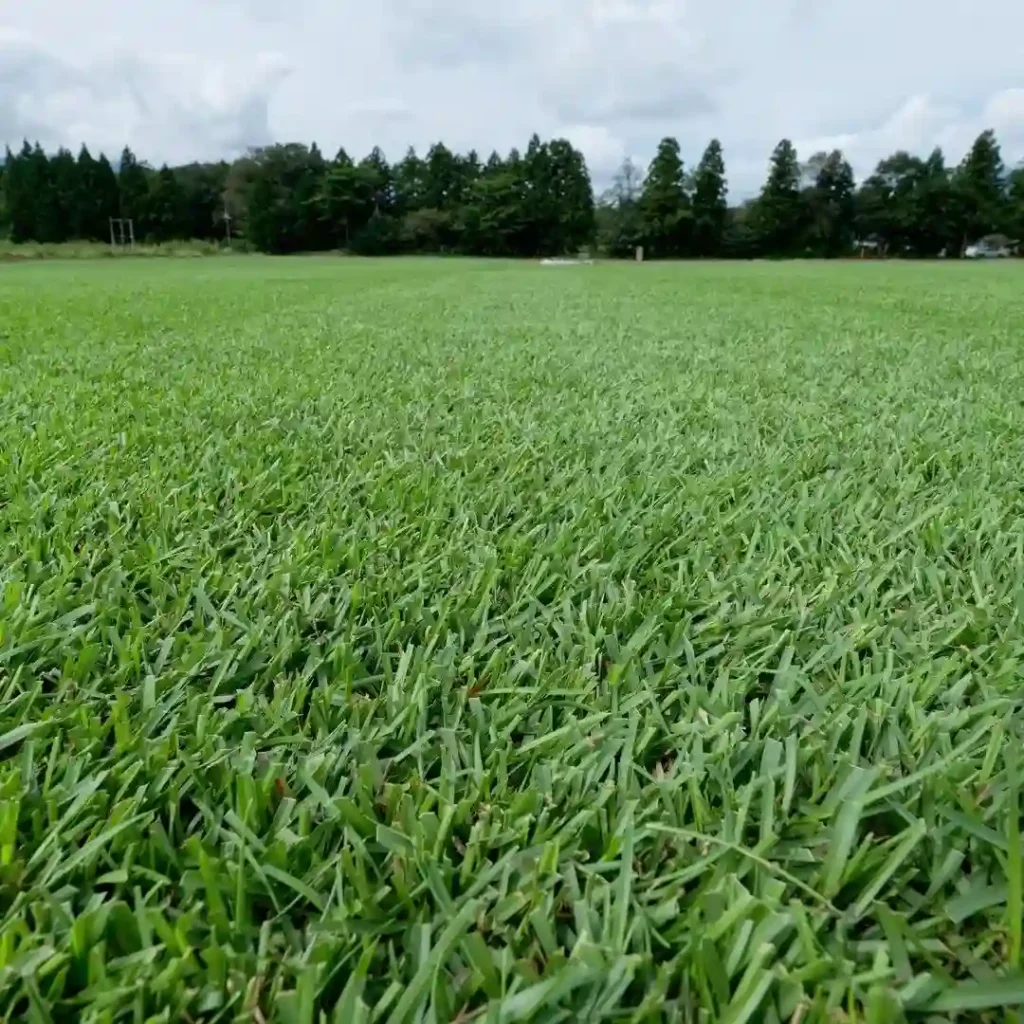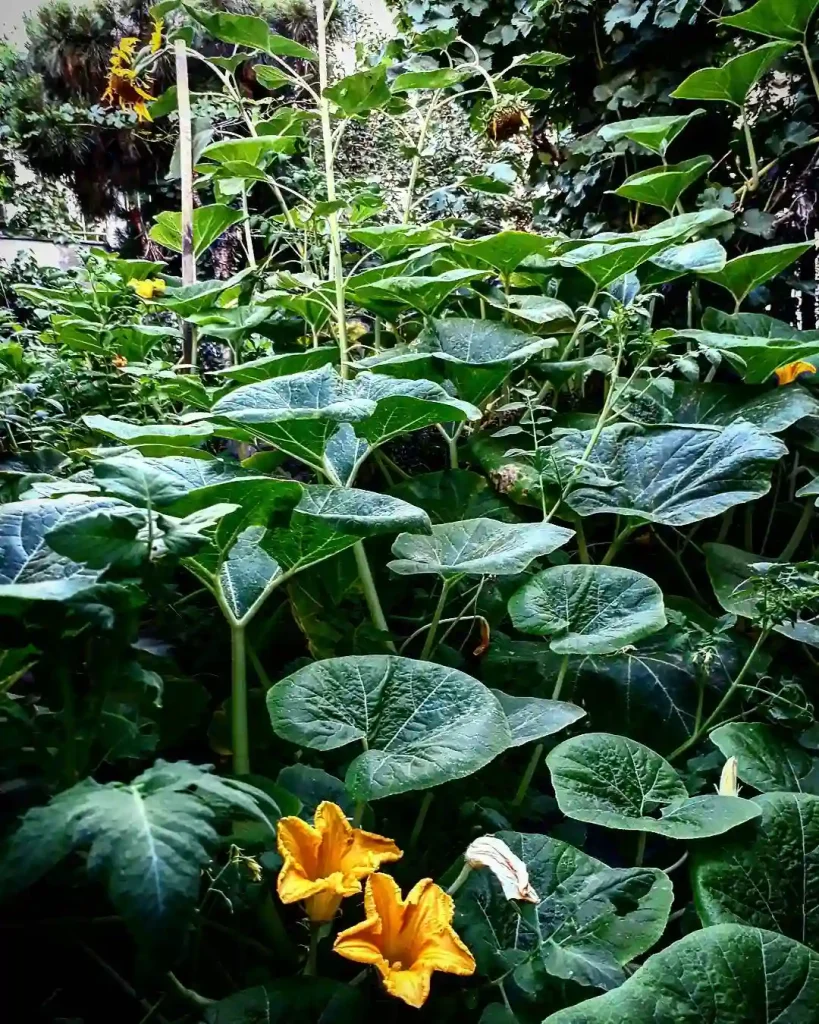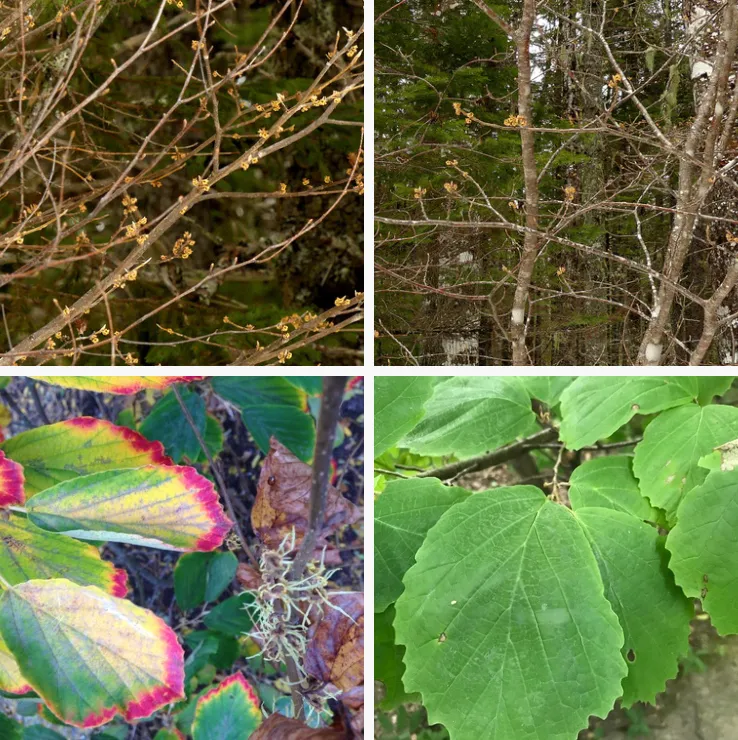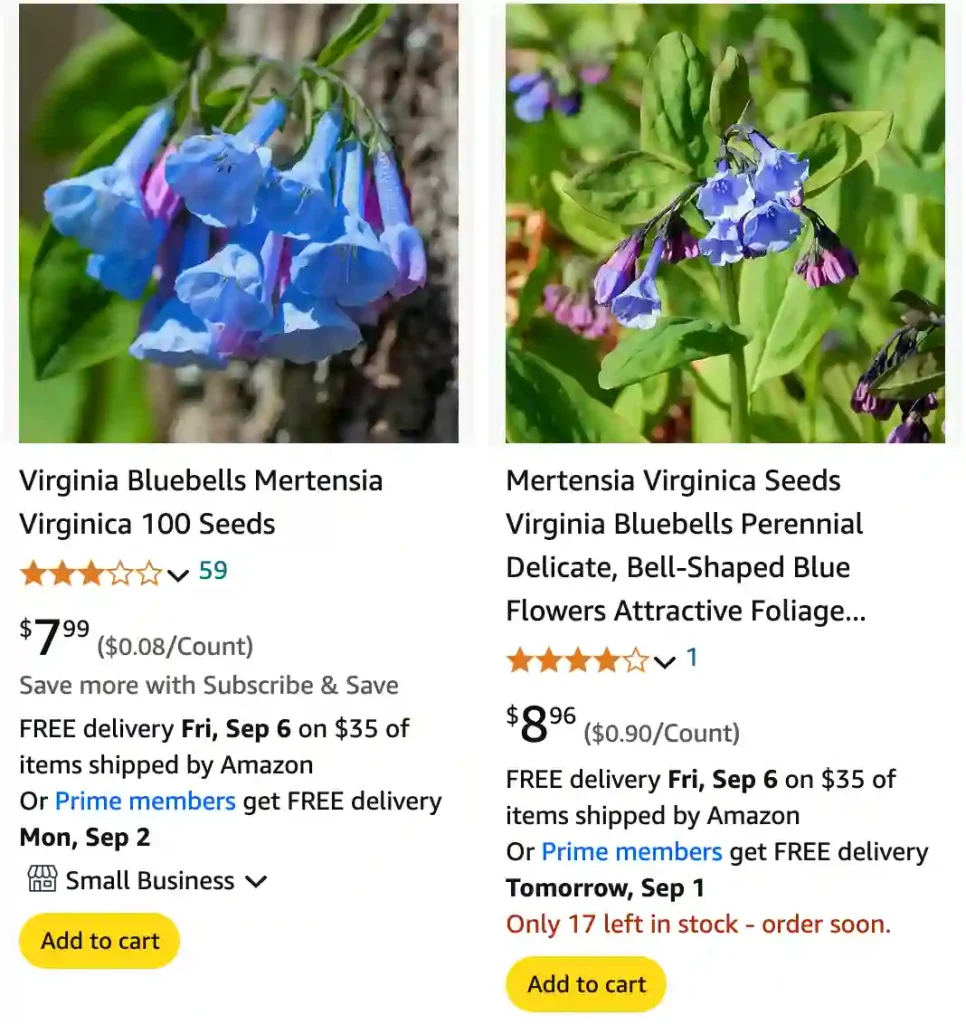
FAQs About Mertensia Virginica
As someone who’s always intrigued by the diverse world of plants, I’ve had my fair share of experiences with Mertensia Virginica. This charming perennial brings a touch of springtime beauty to gardens with its delicate blue blooms. To help anyone considering adding this lovely plant to their garden, I’ve compiled some of the most frequently asked questions about Mertensia Virginica.
52 Species in Genus Mertensia
Is Mertensia Virginica a Plant or Animal?
Mertensia Virginica is a plant, not an animal. Specifically, it’s a perennial herbaceous plant that grows in temperate regions. It’s known for its attractive bell-shaped flowers that bloom in early spring. The plant is a great addition to woodland gardens or shaded areas, adding vibrant color and a touch of elegance.
How Many Scientific Names Does Mertensia Virginica Have?
Mertensia Virginica is known primarily by this single scientific name. However, it has been historically classified under different names, reflecting changes in botanical classification and understanding. One of its former names is Mertensia Bluebells. The primary name you’ll encounter in most gardening and botanical references is Mertensia Virginica.
Is Mertensia Virginica Toxic to Cats?
For pet owners concerned about their feline friends, it’s good to know that Mertensia Virginica is not toxic to cats. Unlike some plants that pose health risks to pets, Virginia Bluebells are safe if your cat decides to nibble on them. Nonetheless, it’s always wise to monitor pets around any plant to avoid any potential issues.
Do Deer Eat Mertensia Virginica?
If you’re worried about deer munching on your garden plants, you’ll be relieved to know that Mertensia Virginica is not typically a preferred food source for deer. These plants are often left alone because of their relatively unappealing taste to deer. However, if deer are particularly hungry or if other food sources are scarce, they might nibble on anything. In general, though, Virginia Bluebells are considered deer-resistant.
How to Care for Mertensia Virginica?
Caring for Mertensia Virginica involves a few key considerations to ensure it thrives. This plant prefers partial to full shade and moist, well-drained soil. It’s quite tolerant of different soil types but does best in rich, organic matter. Water it regularly to keep the soil consistently moist, especially during dry periods. Virginia Bluebells go dormant in the summer, so don’t be alarmed if the plant dies back. It will re-emerge the following spring.
How to Propagate Mertensia Virginica?
Propagating Mertensia Virginica can be done through several methods. The most common way is by dividing the root clumps in early spring or fall. This helps maintain the plant’s vigor and allows you to spread its beauty throughout your garden. Another method is from seed. Plant the seeds in a cold frame or start them indoors before the last frost. Keep in mind that seeds may take some time to germinate, and patience is key.
What to Plant With Mertensia Virginica?
Virginia Bluebells pair beautifully with other shade-loving plants. Consider planting them alongside Hostas, Astilbes, or Bleeding Hearts. Their vibrant blue flowers provide a stunning contrast to the greenery of these companion plants. Additionally, they look lovely in combination with ferns and other woodland perennials.
Can You Grow Mertensia Virginica Indoors?
Mertensia Virginica is best suited for outdoor gardens. It requires a specific range of light conditions and soil types that are challenging to replicate indoors. While you can try growing it in a container, it won’t perform as well as it does in its natural outdoor environment. For indoor gardening, consider other plants that are more adaptable to indoor conditions.
Benefits of Mertensia Virginica
Aside from its visual appeal, Mertensia Virginica offers several benefits. It’s excellent for attracting pollinators like bees and butterflies, enhancing the ecological value of your garden. The plant also helps in naturalizing shaded areas, making it a great choice for woodland gardens or naturalized settings.
Common Problems with Mertensia Virginica
The main issues you might encounter with Mertensia Virginica include problems with soil moisture. If the soil becomes too dry, the plant may struggle. Additionally, Virginia Bluebells can be susceptible to fungal diseases in overly wet conditions. Ensure proper spacing and good air circulation to minimize these risks.
Compare with Other Similar Plants
If you’re considering alternatives to Mertensia Virginica, you might look at similar spring-blooming perennials such as Brunnera macrophylla (False Forget-Me-Not) or Pulmonaria (Lungwort). Both of these plants offer comparable charm and are also suited to shaded garden areas.
By understanding these aspects of Mertensia Virginica, you can better appreciate its role in your garden and make informed decisions about its care and placement. Whether you’re a seasoned gardener or just starting, Virginia Bluebells can add a delightful touch of springtime beauty to any outdoor space.
If i die, water my plants!
